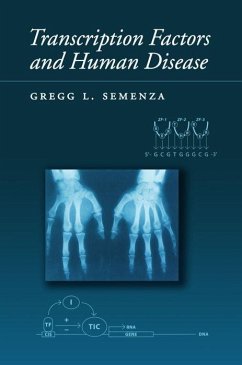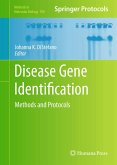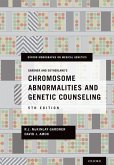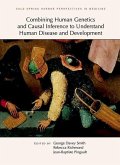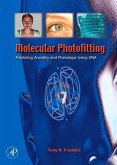Several general principles have emerged from the study of human transcription factors. First, germline mutations in genes encoding transcription factors result in malformation syndromes in which the development of multiple body structures is affected. Second, somatic mutations involving many of the same genes contribute to tumorigenesis. Third, transcriptional regulatory mechanisms demonstrate remarkable evolutionary conservation. Fourth, prenatal development and postnatal physiology are unified by the demonstration that a single transription factor can control the proliferation of progenitor cells during development and the expression within the differentiated cells of gene products that participate in specific physiologic responses. Transcription Factors and Human Disease presents the basic science of transcriptional regulation and then describes inherited human diseases attributable to mutations in DNA sequences encoding transcription factors or their cognate binding sites. The involvement of transcription factors in somatic cell genetic diseases (cancer) and epigenetic disease (teratogenesis) is briefly discussed. The effect of specific mutations on transcription factor activity and the relationship between transcriptional dysregulation, dominant or recessive inheritance patterns, and disease pathogenesis are also explored. This book thus provides a direct connection between molecular defects in transcriptional regulation and human pathophysiology.

